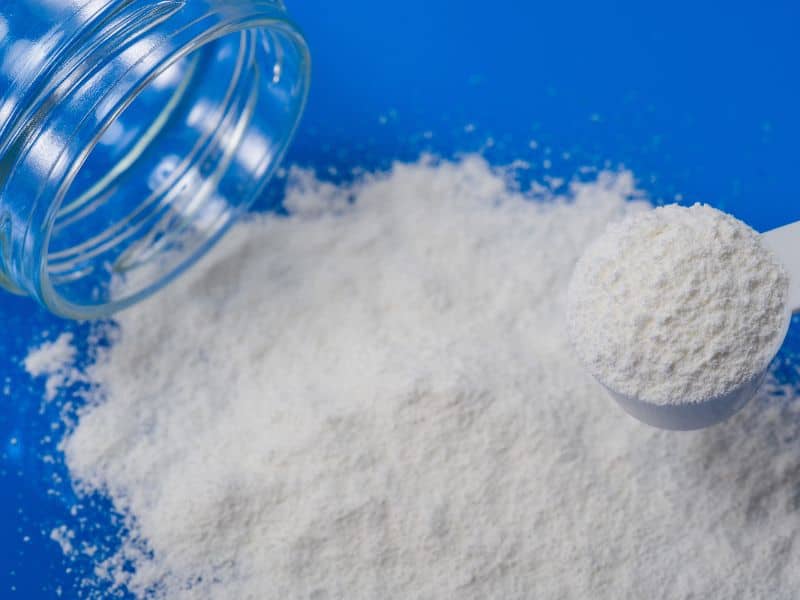
Soap making is a complex process that involves combining sodium hydroxide with fats and oils to create a cleansing product. Sodium hydroxide, also known as lye or caustic soda, is an essential component of soap-making because, without sodium hydroxide, there…